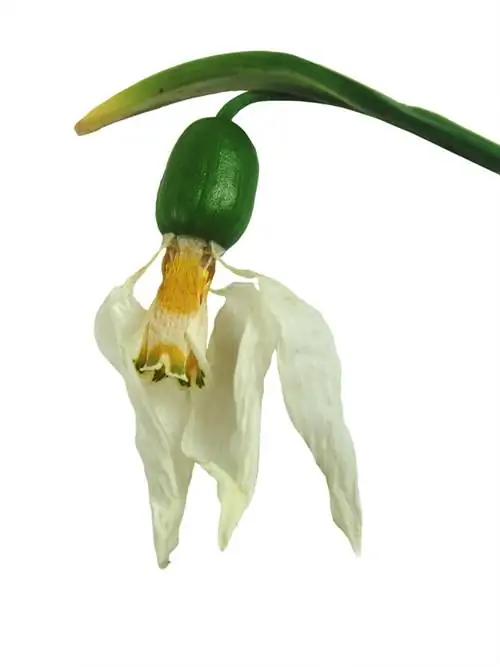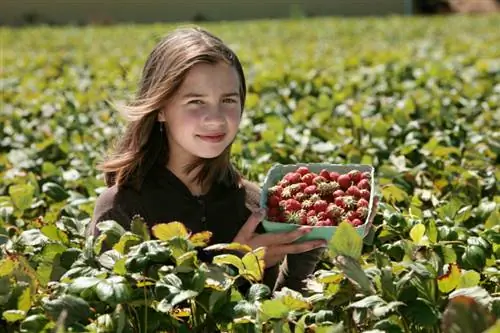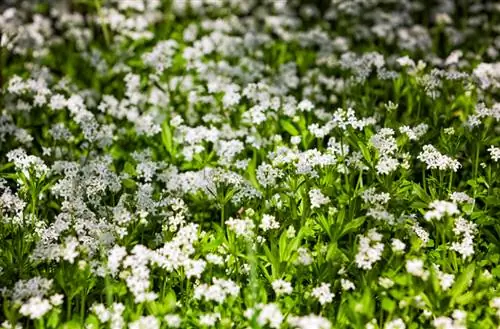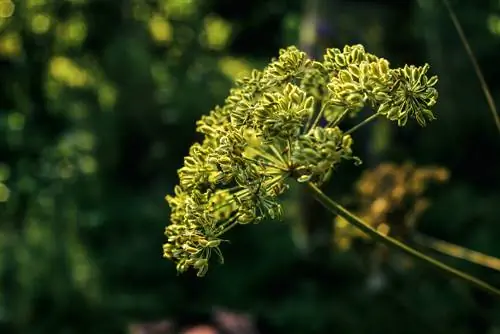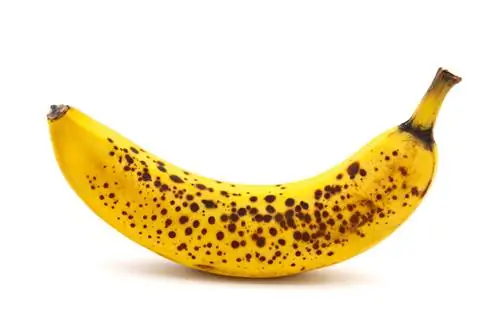- Author admin [email protected].
- Public 2023-12-16 16:46.
- Last modified 2025-01-23 11:20.
The snowdrop is one of the first plants to show off to the world in full bloom in spring. Each snowdrop only has a single flower. When this has withered, the fruits with their numerous tiny seeds emerge
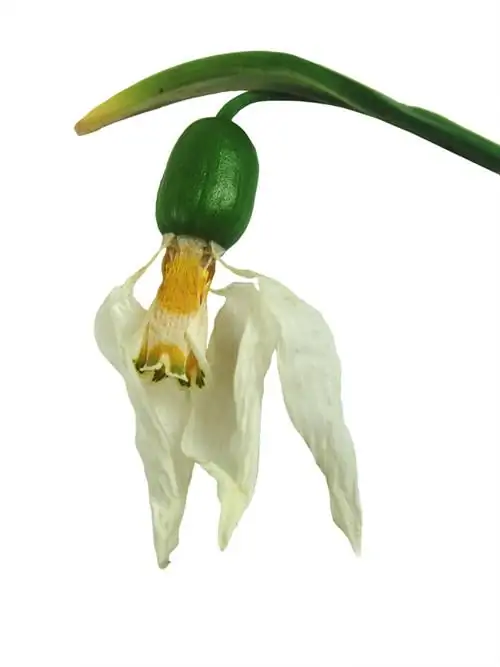
When are snowdrop seeds ripe and how are they propagated?
Snowdrop seeds are usually ripe in April and are found in inconspicuous capsules containing 18-36 light brown, rounded seeds. Ants help the seeds multiply by eating the nutrient body and leaving the seed behind.
When are the seeds ripe?
The seeds of most snowdrop species ripen in April. But maturity can vary from location to location. While snowdrops that grow in sheltered and mild locations bloom in January, snowdrops in cooler locations bloom in March. This means that seeds can ripen sooner or later.
The seed formation weakens the snowdrop
While seed maturity varies, one thing is certain: forming its seeds takes a huge amount of energy from a snowdrop and subsequently weakens it. If you want to prevent this, you shouldn't shy away from the effort of cutting off the withered inflorescences.
Ants like to eat the seeds
After the flowering period, the capsule fruits hang down on the stems. Ants can easily get to the fruit. Each ant can carry around a seed it contains. But why do ants like to do that?
They are after the nutrient body that is on each seed. The ants carry the seeds to their burrow. Because they are hungry, they sometimes eat the nutrient body along the way and leave the seed on the ground. This means that the ants take over the propagation of the snowdrops on the side
Seed characteristics
The seeds of snowdrops are found in inconspicuous capsule fruits that hang down on the plant. Each snowdrop has only one capsule fruit. There are between 18 and 36 seeds hidden inside. The seeds are:
- light brown
- plump
- smooth
- average 3.5 mm in size
Sowing procedure
If you want to use the seeds to propagate snowdrops, you should know that the results are not of the same variety. Nevertheless, sowing is worthwhile for hobby growers.
Procedure:
- Place seeds (cold and dark germinators) in an open box
- Keep soil moist
- Germination time: 4 to 6 weeks
- dwarf in summer
- plant outdoors in autumn
- do not plant near conifers
Tips & Tricks
In order to germinate reliably, the seeds should be sown fresh and exposed to temperatures between -4 and 4 °C.

